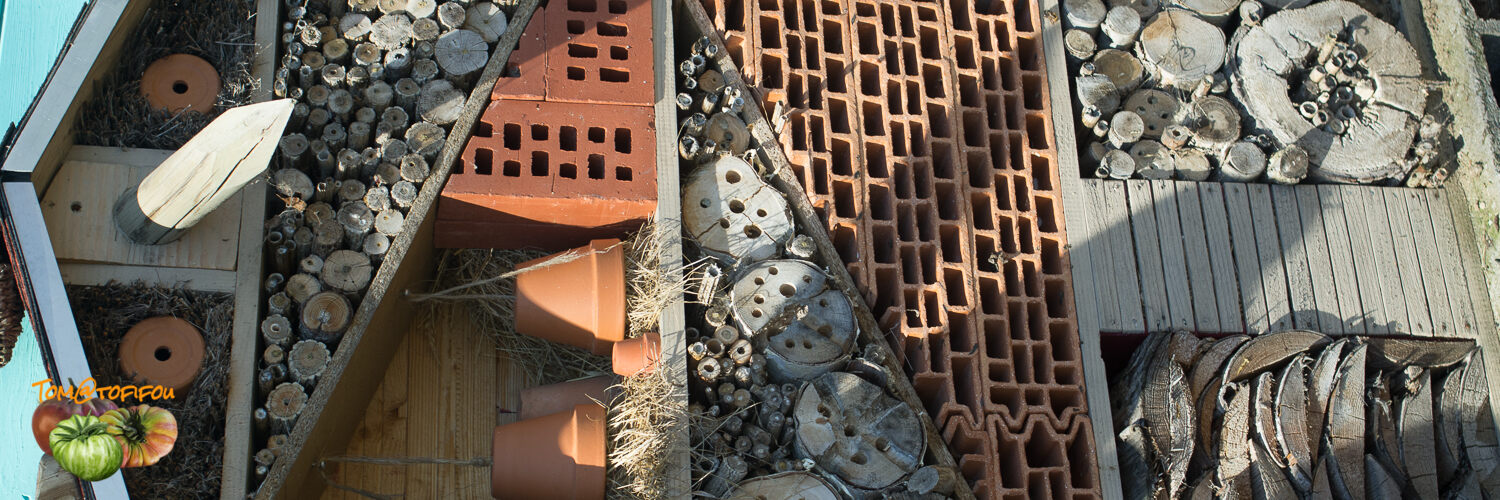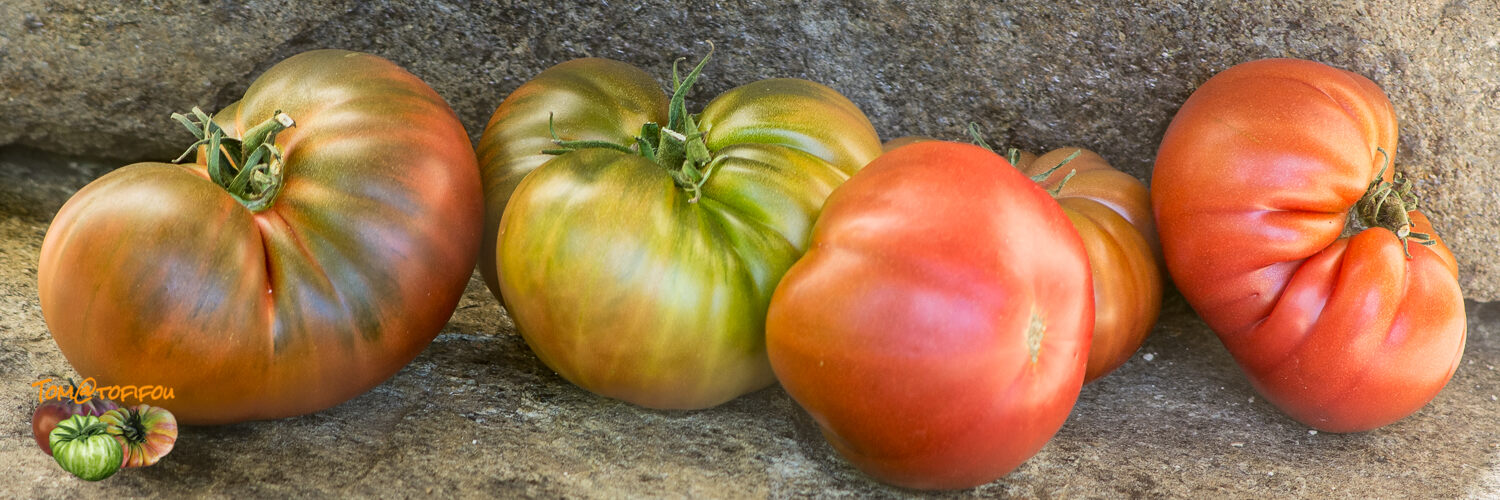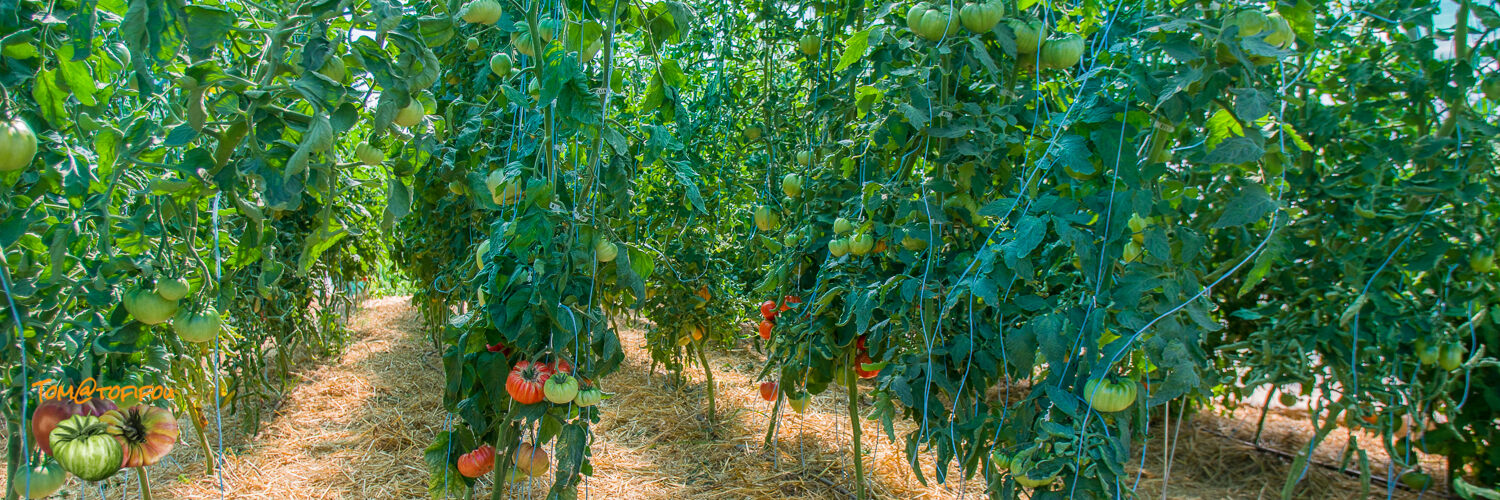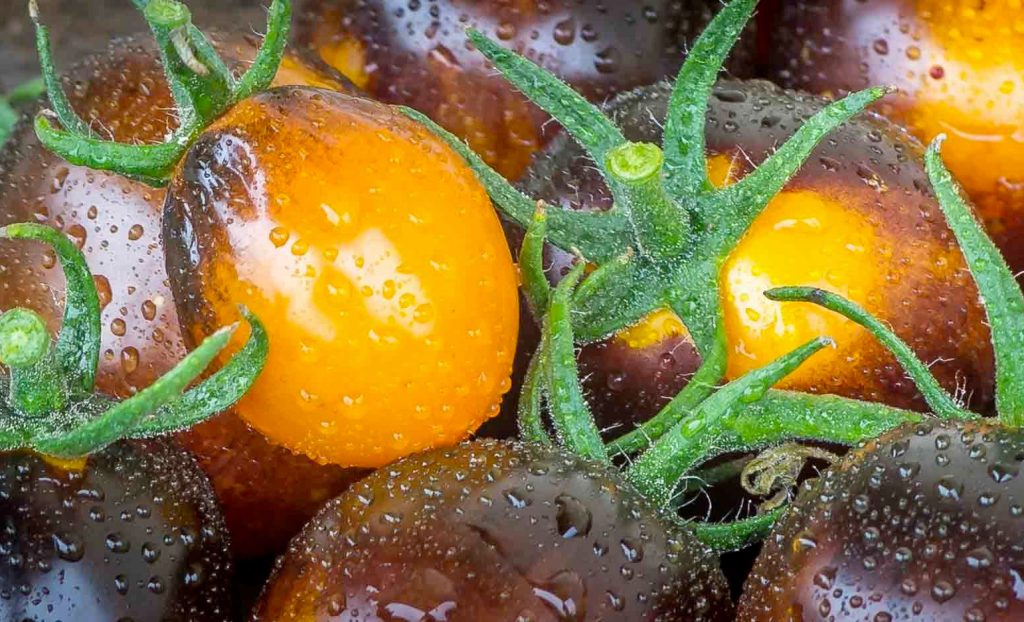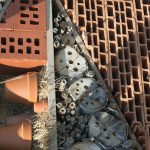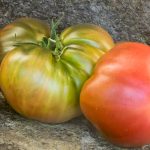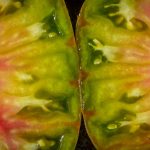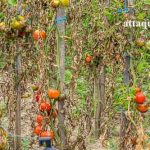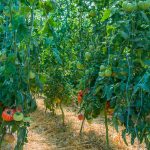
Other Useful Plants in the Garden
We have previously seen the 4 essential plants in the garden, we will now briefly describe a few other specimens that will complete our range, this selection being arbitrary and not exhaustive, because there are many other plants, but let's stick to the basics.
-Garlic
Plant very easy to obtain, we use the pods. Insecticidal and fungicidal properties. Active ingredients: sulphides.
Fungicidal effect: fights strawberry gray mold, peach leaf curl, rust and damping off. Use in decoction: 100g of chopped pods for 1L of water which is brought to the boil and left to infuse for 1 hour. To be used pure as a spray.
Insecticidal effect: fights mites, aphids, onion fly. Use in maceration: 100g of crushed pods which are left to macerate in 2 tablespoons of linseed oil for 24 hours, then diluted with 1l of rainwater. It is used diluting at 5%.
-La Burdock
Large biennial plant easily identifiable thanks to their flower heads whose bracts end in sorts of hooks which allow them to cling to clothing. Fungicidal, structuring and revitalizing properties. Active principles: tannin, potash, magnesia and lime. The whole plant, including the root, is poached.
Fungicidal effect: fight against mildew. Use in fermented extract: 1kg of fresh plant for 10l of rainwater. Use as a spray diluted at 5%.
Revitalizing effect: to be used to give "a boost" to all plants lacking tone. Use in fermented extract. Spraying or watering at the foot diluted to 20%.
Dandelion
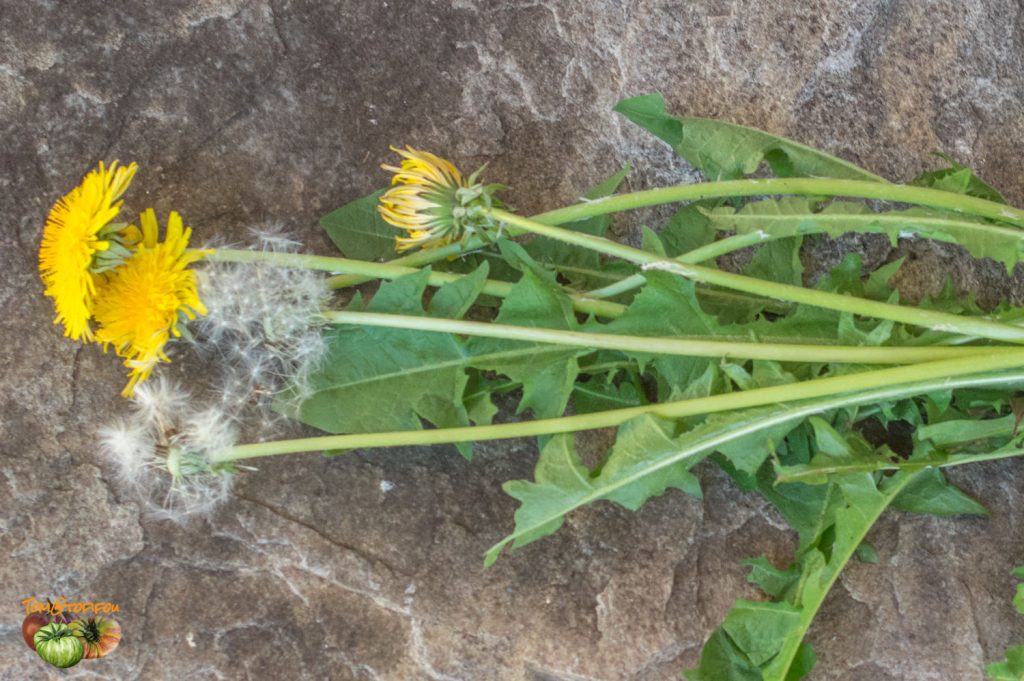
Also called "lion's tooth", it is very common in our countryside and therefore easy to obtain. Properties: stimulating for the soil and the plant. Active ingredients: salicylic acid, potassium and ethylene. We use the whole plant, flowers and roots included, we can also dry for later use.
Revitalizing and structuring effect: improves the general structure of the soil and regulates plant growth. Use in fermented extract always in the same proportions of 1 for 10 in the case of green leaves and 1 for 100 in the case of dry leaves. Spray diluted 20%.
Pyrethrum
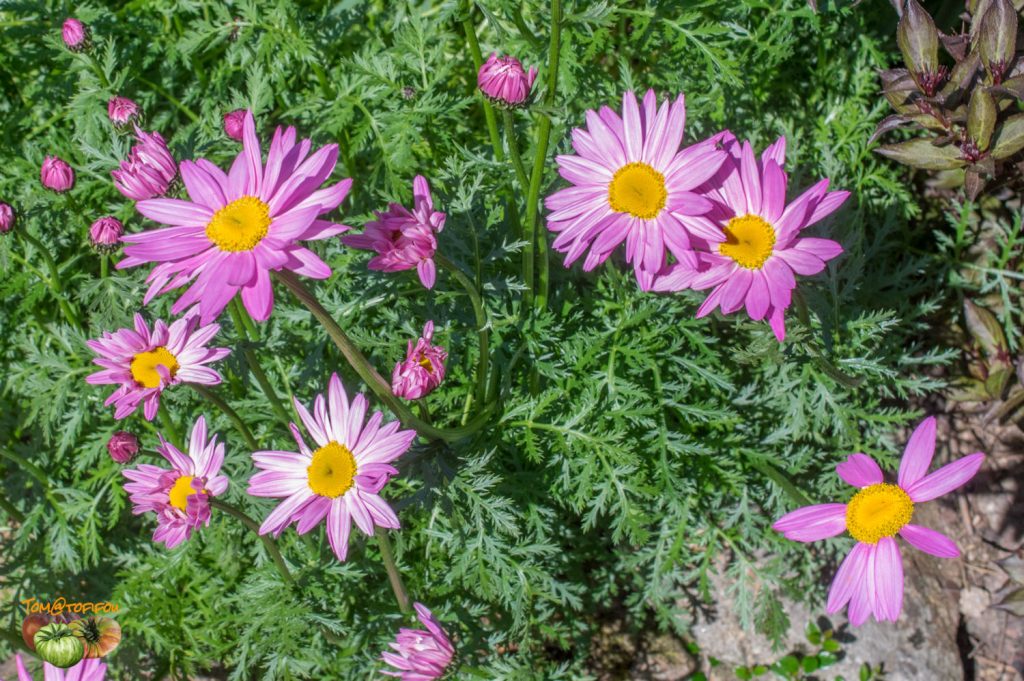
Dalmatian pyrethrum (Tanacetum cinerariifolium) is a perennial herbaceous plant of the Asteraceae family, grown for its flowers from which an insecticide is derived. It grows very easily and likes all exposures. Properties: insecticide. Active ingredient: pyrethrin. Well-opened flowers are dried in the shade in a ventilated room.
Insecticidal effect:effective against whiteflies (whitefly), mites, cabbage and carrot fly, harmless to insects bees. Use fermented extract 7g/1 liter diluted to 20% or infusion 15g/1 liter to be used pure.
Rhubarb
Perennial plant, very common in vegetable gardens, whose stems (petioles) are eaten. Be careful, the leaves are very toxic and they are the ones that are used in maceration. Properties: insect repellent and repellent. Active ingredient: oxalic acid.
Insect repellent and repellent effect: repels aphids, slugs, caterpillars and various larvae. Use: cold maceration 500 grams of fresh leaves for 3l of water for 24 hours. Use pure in spray to repeat 3 times.
Tansy
Also called Barbotine, the common tansy (Tanacetum vulgare) is a herbaceous plant of the Asteraceae family. It is a large plant, aromatic, fairly common with erect stems and furnished with pinnately lobed leaves and with yellow flowers identical to daisies which lack the petals. Properties: insect repellent, insecticide and fungicide. Active ingredients: tanacetene, oxalic, malic and citric acid as well as an essence rich in thujone. It was cultivated and used from the Middle Ages as its smell is effective in repelling parasites.
Insecticidal and insect repellent effect: fights against aphids, flea beetles, whiteflies, imported cabbageworm. Use in infusion: 30 grams of dry leaves or 300 grams of fresh leaves for 1 liter of cold water which is brought to the boil, then left to infuse for 15 minutes. Use diluted at 20%.
Fungicidal effect:effective against potato and tomato late blight, tomato rust as well as rose and hollyhock . Use: infusion of dried leaves and flowers (same dosage as above), or fermented extract 300gr of dry leaves for 10l of rainwater, filter and use as a spray at 5%.
bibliography: Wikipedia, Purin d' nettle & cie at Terran editions

